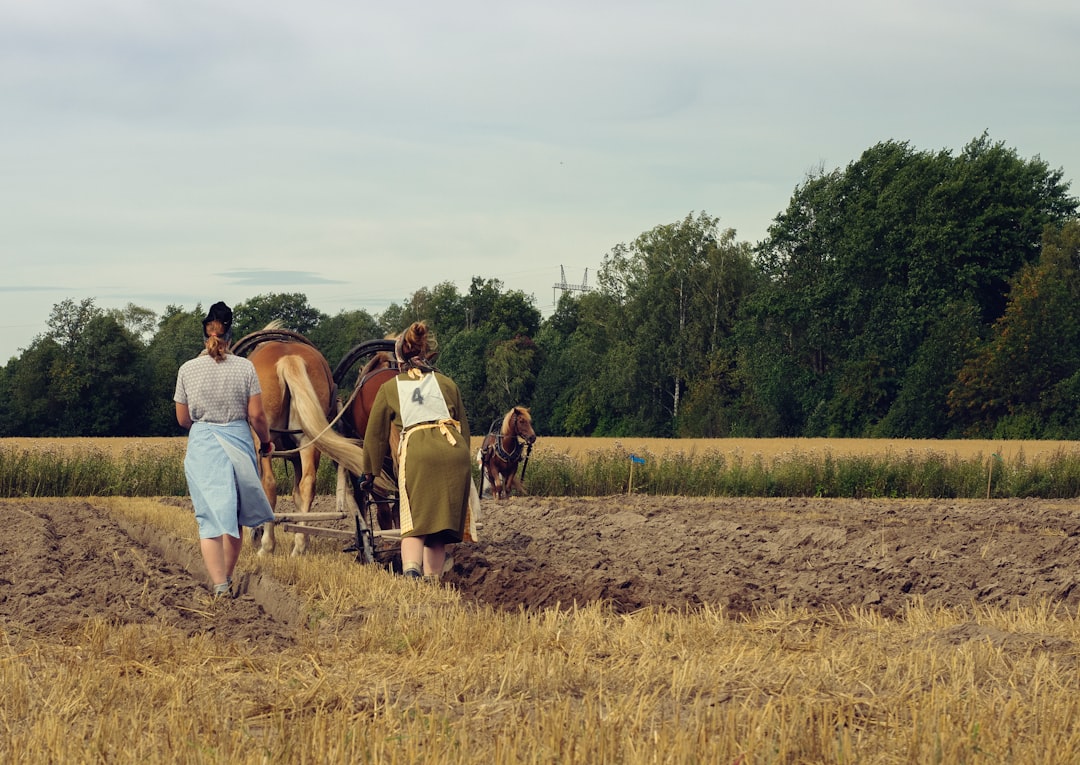When we think about soil, we often consider it as just dirt—a medium for plants to grow. However, beneath our feet lies a complex and dynamic ecosystem known as the soil food web, a thriving network of microorganisms and larger organisms that work together to maintain soil health and fertility. Understanding this interconnected web is key to sustainable agriculture, environmental conservation, and climate resilience.
What Is the Soil Food Web?
The soil food web is a representation of the diverse and interdependent community of organisms living within the soil. This network includes bacteria, fungi, protozoa, nematodes, arthropods, earthworms, and other microorganisms, each playing a crucial role in maintaining soil structure, nutrient cycling, and plant health.
At the heart of the soil food web are microbes like bacteria and fungi, which decompose organic matter and release nutrients essential for plant growth. These microbes, in turn, become food for larger organisms like protozoa and nematodes, which are then consumed by arthropods, earthworms, and small mammals. This chain of interactions forms the foundation of a balanced and productive soil ecosystem.
Key Players in the Soil Food Web
-
Bacteria – These microscopic organisms break down organic material, fix nitrogen, and contribute to soil structure.
-
Fungi – Mycorrhizal fungi form symbiotic relationships with plant roots, improving nutrient and water absorption.
-
Protozoa – Single-celled organisms that feed on bacteria, releasing nitrogen in plant-available forms.
-
Nematodes – Microscopic worms that either help decompose organic material or, in some cases, attack plant roots.
-
Arthropods – Insects and mites that help break down organic matter and aerate the soil.
-
Earthworms – Nature’s tillers, they improve soil structure by creating channels for air and water while processing organic material.
Why Is the Soil Food Web Important?
1. Nutrient Cycling
Organisms in the soil food web help break down organic matter, converting it into essential nutrients like nitrogen, phosphorus, and potassium, which plants need to grow.
2. Improved Soil Structure
Fungi and earthworms contribute to soil aggregation, reducing erosion and enhancing water retention, which benefits plant roots.
3. Pest and Disease Suppression
A diverse soil food web helps control harmful pathogens and pests by outcompeting them for resources and producing natural antibiotics.
4. Carbon Sequestration
Healthy soils store carbon, helping to mitigate climate change by reducing atmospheric CO₂ levels.
5. Enhanced Plant Health
Soil organisms help plants access nutrients more efficiently, making them more resilient to environmental stresses such as drought and disease.
How to Support a Thriving Soil Food Web
To encourage a diverse and active soil food web, consider the following practices:
-
Reduce Tillage – Minimizing soil disturbance preserves microbial habitats and soil structure.
-
Use Organic Matter – Adding compost, mulch, and cover crops provides food for soil organisms.
-
Avoid Chemical Overuse – Pesticides and synthetic fertilizers can disrupt microbial balance and harm beneficial organisms.
-
Promote Biodiversity – Growing a variety of plants enhances microbial diversity and supports a resilient ecosystem.
Conclusion
The soil food web is a hidden yet vital component of our planet’s ecosystems. By understanding and nurturing this intricate network of life beneath our feet, we can improve soil fertility, enhance agricultural productivity, and contribute to a healthier environment. Whether you are a farmer, gardener, or conservationist, fostering a thriving soil food web is a step toward a more sustainable future.

Comments
No comments yet. Be the first to comment!
You must be logged in to comment. Login